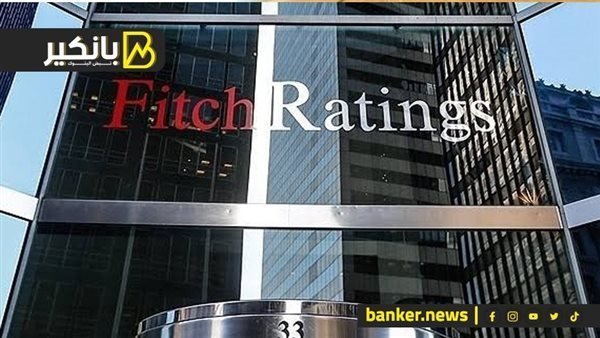
Growing public demand, expanding distribution channels, increasing use of sukuks as a public financing instrument, and recent regulatory reforms are expected to drive further growth in Oman’s Islamic finance sector, according to Fitch Ratings.
Fitch expects the size of the Islamic finance industry in Oman to exceed $40 billion in the medium term, and estimates it at $30.9 billion as of September 2024. Islamic banking assets represent more than two-thirds (69%) of this total, followed by outstanding sukuk (30%) and equity contributions. Takaful (1%).
A major regulatory development came in October 2024, when the Central Bank of Oman introduced the Bank Deposit Protection Law, which addressed a structural gap by expanding the scope of deposit protection for Islamic banks.
“We expect this to enhance confidence in the Islamic banking sector in Oman, as the previous deposit insurance system covered only conventional banks,” Fitch said in a report.
By the end of the third quarter of 2024, the total assets of Islamic banks and windows in Oman reached 8.2 billion Omani riyals (about $21.3 billion), with Islamic banks holding a market share of 18.7% of the total assets of the Omani banking sector, according to the latest Central Bank of Oman data. .
Fitch noted that “favorable economic conditions, improved asset quality, stable profitability, strong capital, and sufficient liquidity would provide Islamic banks with the flexibility necessary to absorb moderate shocks, especially if geopolitical tensions intensify in the region.”
The agency highlighted that Islamic banks in Oman outperformed their traditional counterparts in terms of financing growth, as the financing portfolios of Islamic banks grew by 12.6% on an annual basis by the third quarter of 2024, compared to only about 3.2% for traditional banks. The growth of Islamic deposits also exceeded that of conventional banks, rising by 23.7%, compared to about 11.3% for conventional banks.
“Islamic banking windows benefit from the well-established infrastructure of their parent conventional banks, resulting in greater cost efficiencies,” Fitch said. She added that profit and loss sharing contracts remain central to the Islamic banking system in Oman, with diminishing Musharaka accounting for 43.1% of total financing and Wakala accounting for 23.6% at the end of 2023.
Sukuk growth
Fitch also noted a significant increase in Omani sukuk issuances, as sukuks now constitute 21% of the outstanding capital market mix. By the end of the third quarter of 2024, the size of Oman’s outstanding capital market reached $45 billion in outstanding debt, an increase of 0.8% year-on-year. Fitch rated $6.5 billion of Omani sukuks due in the third quarter of 2024, divided equally between the government and companies.
Sukuk issuances in Oman rose by 86% year-on-year, reaching $2 billion in the first nine months of 2024, outpacing the growth in Omani bond issuances, which rose by 53% to $5.6 billion.
Despite the growth, Fitch does not expect a significant rise in overall debt issuance in the near term, as the Sultanate’s government has been using its budget surplus, supported by higher oil prices, to prepay debt.
Fitch also highlighted the efforts made by the Omani authorities to develop the debt capital market, including the circular issued by the Central Bank of Oman in October 2024 aimed at strengthening the banking sector’s resilience to climate-related risks. In addition, Oman introduced a sustainable finance framework earlier this year and issued new regulations for sukuks and bonds.
“These initiatives provide regulatory clarity and can support further development of the debt capital market in Oman,” Fitch said.
On the other hand, the Omani Takaful (Islamic insurance) sector grew modestly in 2023, with gross direct insurance premiums reaching OMR 76.8 million, up 0.8% from the previous year. Takaful policies totaled 316,933 at the end of 2023, up 24% year-on-year, with general takaful accounting for 89% of total policies, according to Fitch calculations.
Despite these developments, Fitch noted that Oman’s Islamic finance sector remains one of the smallest in the GCC and faces challenges, including a lack of Islamic liquidity management tools and smaller capital bases compared to conventional banks. The agency said that these factors may limit the sector’s participation in major government financing projects.
However, the sector has long-term growth potential, driven by recent regulatory reforms and Oman’s predominantly Muslim population.



